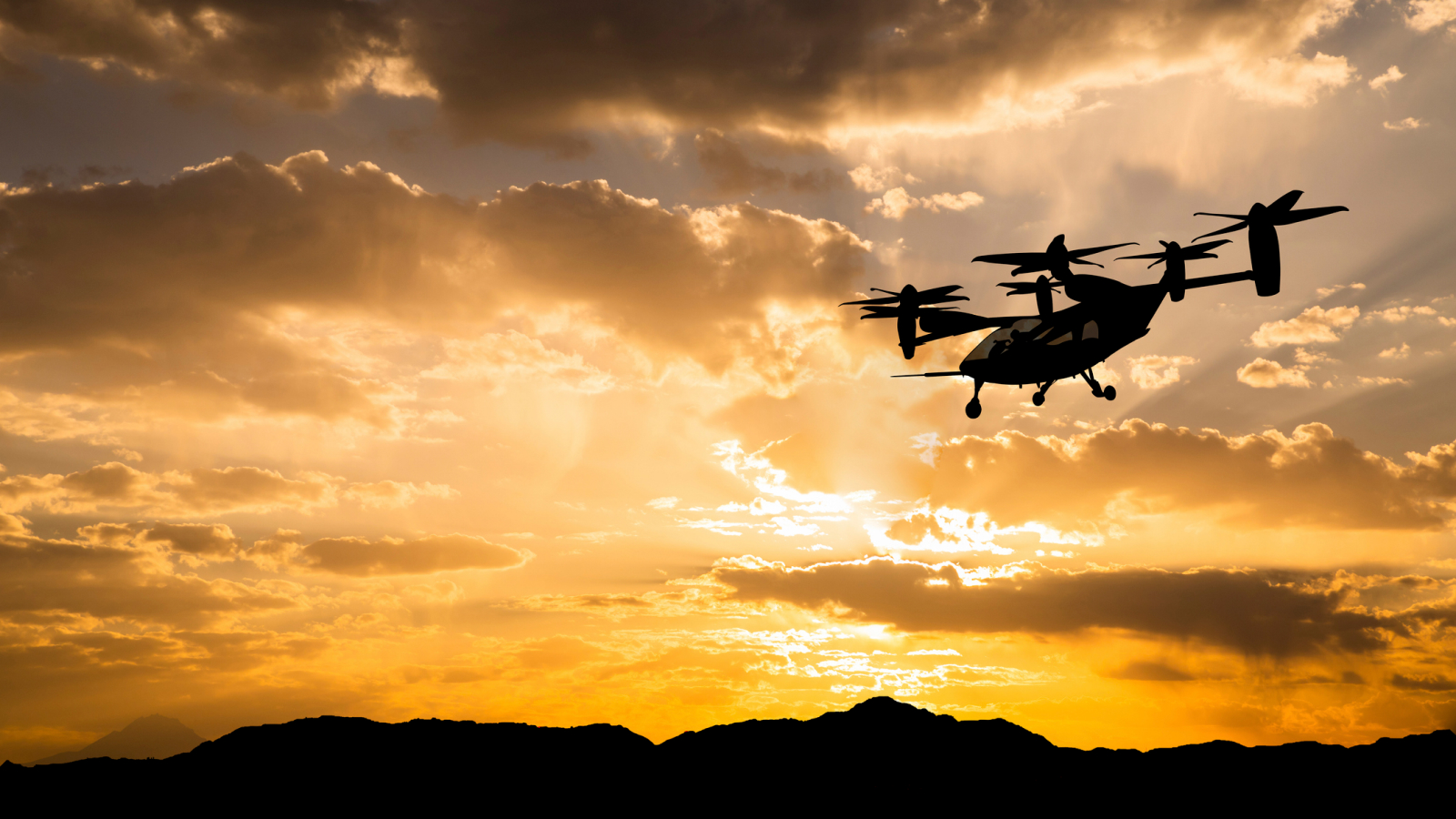NASA and DARPA flew 'experimental' self-flying helicopters to see if they could avoid crashing into other virtual aircraft
Two pilotless helicopters completed a dozen test flights, while attempting to avoid more than 150 virtual aircraft, to test the systems that will power future air taxis.

NASA successfully performed a series of test flights with two autonomous helicopters to check the systems that could one day be used in pilotless air taxis, the agency has revealed.
During the flights in October 2023, conventional-looking helicopters flew autonomously over Long Island Sound, Connecticut, NASA said in a statement on Jan. 25. The tests aimed to assess how different NASA-developed autonomous flight software modules work in practice.
This was a key milestone in a collaboration to design autonomous flight software between NASA, the Defense Advanced Research Projects Agency (DARPA) and Sikorsky, a subsidiary of Lockheed Martin that built the helicopters.
Eventually, NASA envisions the software components being used in future pilotless air taxis. Although air taxis seem futuristic, the Federal Aviation Administration (FAA) is devising rules and regulations to guide the development of this novel transportation method — targeting a 2028 launch date for the first commercial routes in the U.S.
Related: Futuristic vertical-takeoff air taxi could hit the market by 2028
The two helicopters — a modified S-76B and a larger OPV Black Hawk — were loaded with five software modules that controlled various aspects of autonomous flight. Each vehicle was already equipped with a conventional automated flight system.
The modified helicopters underwent 12 successful test flights covering 70 different flight test maneuvers, and each generated more than 30 flight hours.
Sign up for the Live Science daily newsletter now
Get the world’s most fascinating discoveries delivered straight to your inbox.
During the tests, the helicopters were immersed in a virtual world and followed several planned routes while trying to avoid more than 150 virtual aircraft "traveling" along virtual flight plans.
The software modules on board dynamically adjusted altitude, speed and direction to avoid collisions with the virtual aircraft's flight plans as well as with the other test helicopter.
Safety pilots and researchers were also on board each aircraft and monitored the helicopters' performance using specially designed tablets that let them monitor the flight path options the software selected whenever it needed to course-correct.
The pilots tracked how well the helicopters responded to software-initiated commands, while NASA researchers assessed how the different software components worked together to control and fly the aircraft safely. The tests also assessed how well people interacted with the autonomous systems, with the safety pilots and researchers also monitored to see how they responded to the information the tablets supplied.
"These efforts demonstrate that we can safely integrate operations to fly the aircraft using several technologies in one navigation tablet," Adam Yingling, NASA project lead, said in the statement.
Electric vertical takeoff and landing (eVTOL) vehicles, like the newly announced Supernal SA-2 vehicle, could one day fill the role of air taxis — possibly using these recently tested automated flight systems. These electric vehicles are generally quieter than conventional helicopters, have a larger passenger capacity and are more energy efficient.

Keumars is the technology editor at Live Science. He has written for a variety of publications including ITPro, The Week Digital, ComputerActive, The Independent, The Observer, Metro and TechRadar Pro. He has worked as a technology journalist for more than five years, having previously held the role of features editor with ITPro. He is an NCTJ-qualified journalist and has a degree in biomedical sciences from Queen Mary, University of London. He's also registered as a foundational chartered manager with the Chartered Management Institute (CMI), having qualified as a Level 3 Team leader with distinction in 2023.










